The Effects of Artificial Intelligence on Education
Artificial intelligence can be defined as the ability of computer systems to perform tasks and activities that usually can only be accomplished using human intelligence. In the world of education, this technology is revolutionalizing schools and classrooms, making educators jobs a lot easier.
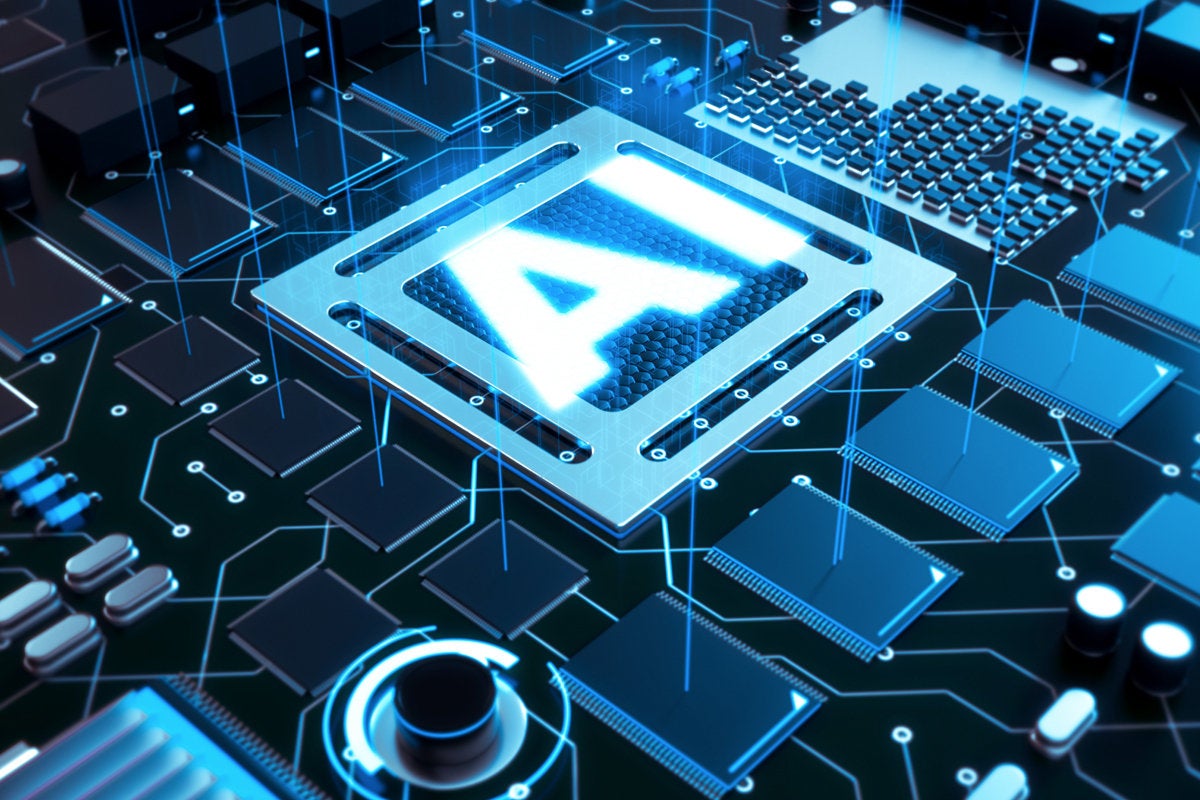
- 1 Comments
- Dec 18, 2019 10:13:08 AM
- Posted by Natalia Galvis
- Topics: Robotics, EdTech, Education, Artificial Intelligence, Robots,, Edchat, AI
Unlocking the Code for Robotics in the Classroom
Teaching robotics to elementary students can enhance sensory learning, improve socialization, provide opportunities for hands-on innovation, and raise the level of rigor.
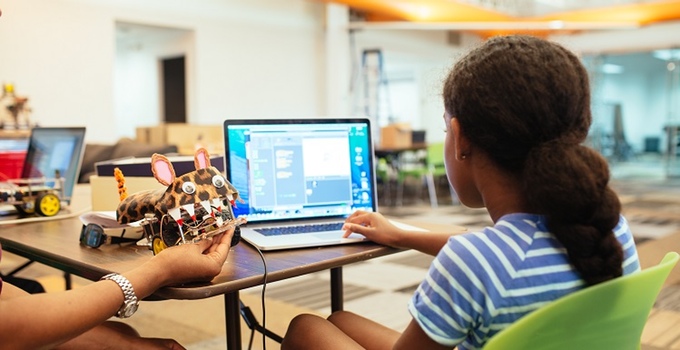
- 0 Comments
- Dec 17, 2019 10:10:00 AM
- Posted by Natalia Galvis
- Topics: Robotics, EdTech, Education, Computer Science, code, Coding, Edchat
Boosting Your Child's STEM Skills With Robotics
"STEM" is an important educational topic sweeping through homes and schools across the world. STEM is an acronym representing the huge push to teach and involve students in science, technology, engineering, and math. Due to struggling test scores and low enthusiasm in many schools, both parents and teachers are striving to find new and better ways to create greater interest in these critical learning topics. These classroom subjects give our children the keys to a booming future in one of these science-driven fields. Although there are many ways to help encourage a STEM education, robotics education programs are allowing children as young as 6 to learn valuable problem-solving STEM skills.
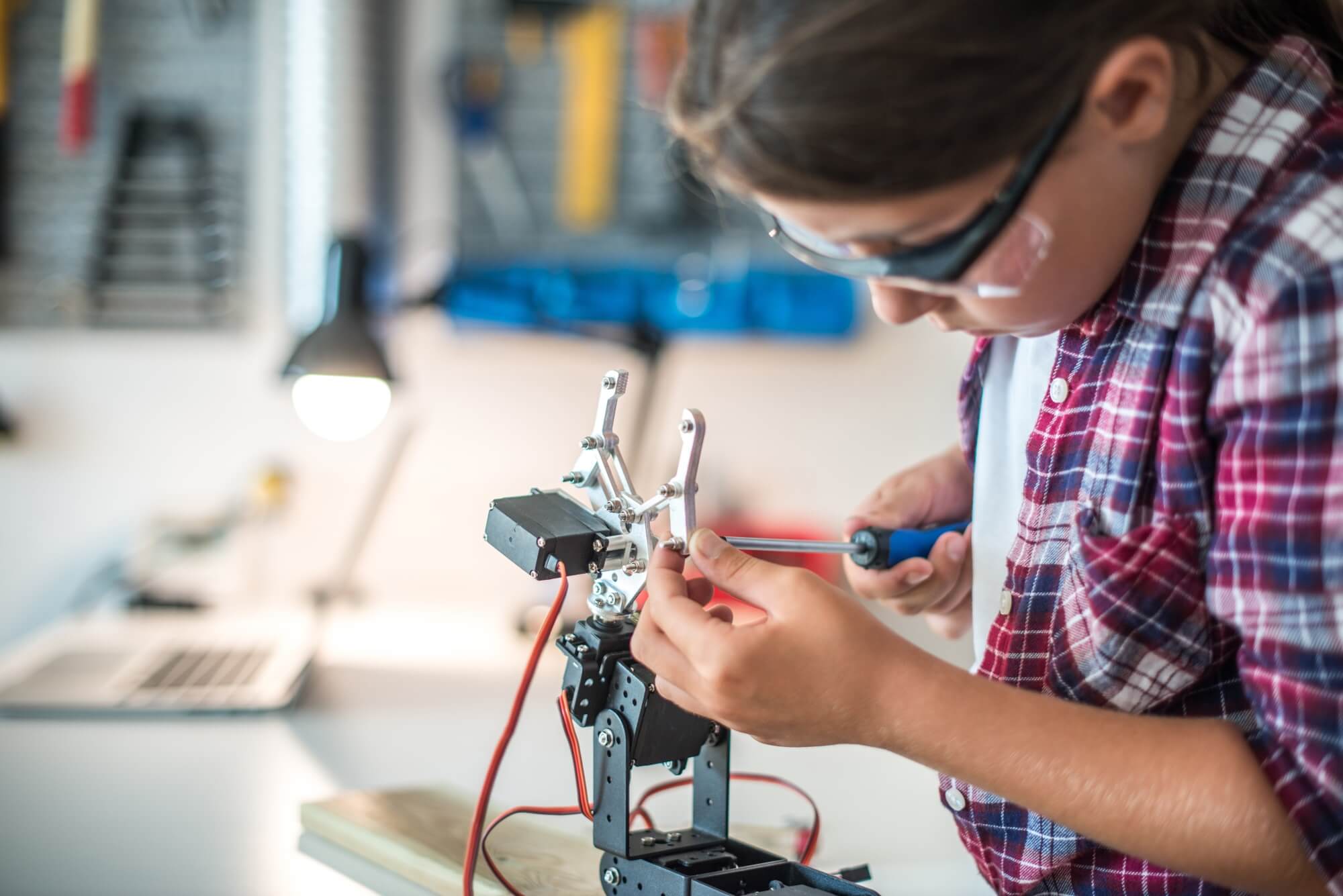
- 0 Comments
- Dec 11, 2019 10:15:00 AM
How Educational AI is Making the Grade
Adoption of artificial intelligence is on the rise: According to research firm Gartner, 37 percent of organizations have now “implemented AI in some form,” and adoption is up 270 percent over the past four years.
Schools are following suit: Technavio’s “Artificial Intelligence Market in the US Education Sector 2018-2022” report predicts a nearly 48 percent growth rate for AI tools over the next three years.
The key to AI success is specificity. It is crucial to define key needs AI tools can meet and shortcomings it can address. This is especially true for K–12 institutions faced with limited time and budgets.

- 0 Comments
- Dec 10, 2019 10:00:00 AM
- Posted by Natalia Galvis
- Topics: Robotics, EdTech, Education, Artificial Intelligence, Robots,, Edchat, AI
How to Use 3D Printing in STEM Classes
Gone are the days when students could only print on traditional two-dimensional paper. The world of 3D printing is opening up new doors in the classroom setting. With the invention of this technology, teachers can bring lessons to life in a new way that was previously inaccessible. Most classes could benefit from the addition of a 3D printer, but STEM classes can uniquely utilize this new opportunity. The ability to design and physically create small models can be invaluable in these STEM-based courses.

How can educators make the most of the 3D printer in their classroom? Here are just a few ways that this technology can create a more realistic and hands-on lesson to further a child’s grasp of essential concepts.
- 0 Comments
- Dec 9, 2019 10:00:00 AM
- Posted by Natalia Galvis
- Topics: Robotics, EdTech, Education, Robots,, Edchat, 3D-Printer
7 Examples of Project-Based Learning Activities
Even if you have never heard about all the research showing the effectiveness of project-based learning, it’s not hard to figure out that it is a far more engaging way to learn than through traditional methods. What’s not to love about engaging with a real-life problem or question and applying content knowledge and connections to various disciplines to solve it?
If you’re stuck for ideas, here are a few great ones to get you started.
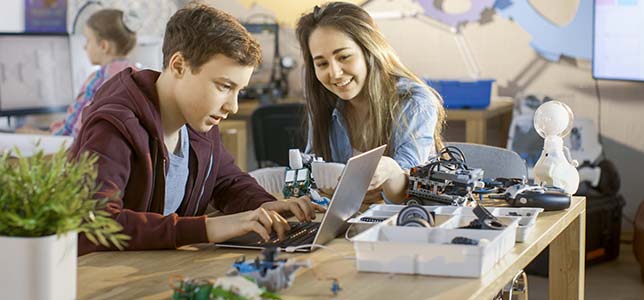
- 1 Comments
- Dec 6, 2019 10:10:00 AM
- Posted by Natalia Galvis
- Topics: Robotics, EdTech, Education, Problem Based Learning (PBL), Robots,, PBL, Edchat
Using Digital Storytelling to Amplify your Students' Voices
Digital storytelling is a fantastic way to implement technology and digital literacy into the classroom. Plus, it teaches valuable skills in a way your students will love! According to Educause Learning Initiative, “Digital storytelling is the practice of combining narrative with digital content, including images, sound, and video, to create a short movie, typically with a strong emotional component.”
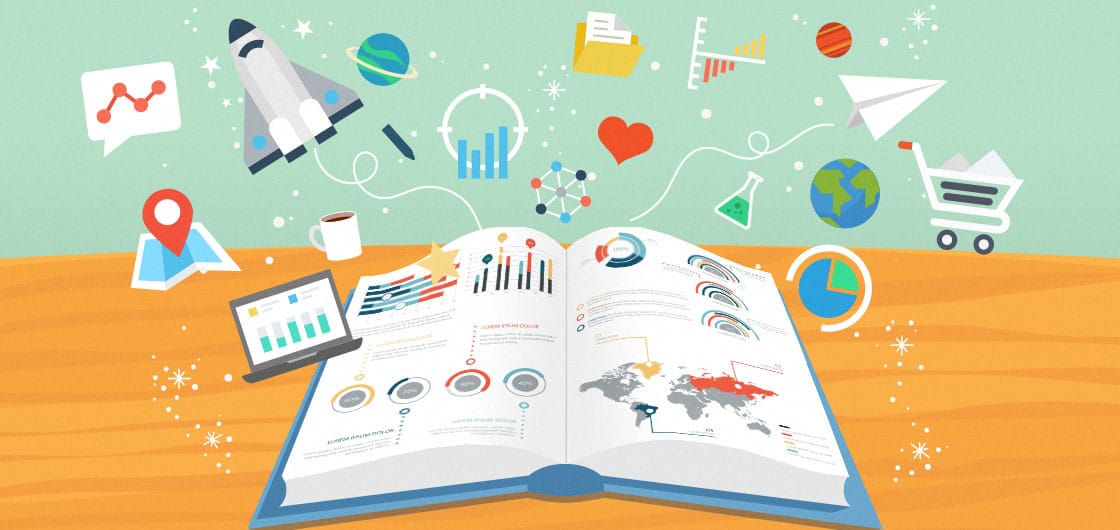
Since your students are already using social media, memes, and gifs in their daily lives to tell stories, it is the perfect time to teach students how to use digital storytelling in a meaningful way. Teachers can use digital storytelling to teach students the art of storytelling while allowing students to take ownership of their stories with their own voices. Here are all of the ways that you can use digital storytelling to amplify your student’s voices.
- 0 Comments
- Dec 5, 2019 10:10:00 AM
- Posted by Natalia Galvis
- Topics: Robotics, EdTech, Education, Robots,, Edchat, storytelling
How to Get Started Teaching Coding
I first learned about coding and computer science (CS) in college about 20 years ago. Looking back, not much has changed in the foundational concepts or core practices in CS. What has changed is who can teach it and where it can live in the curriculum—today educators in any subject can teach coding.
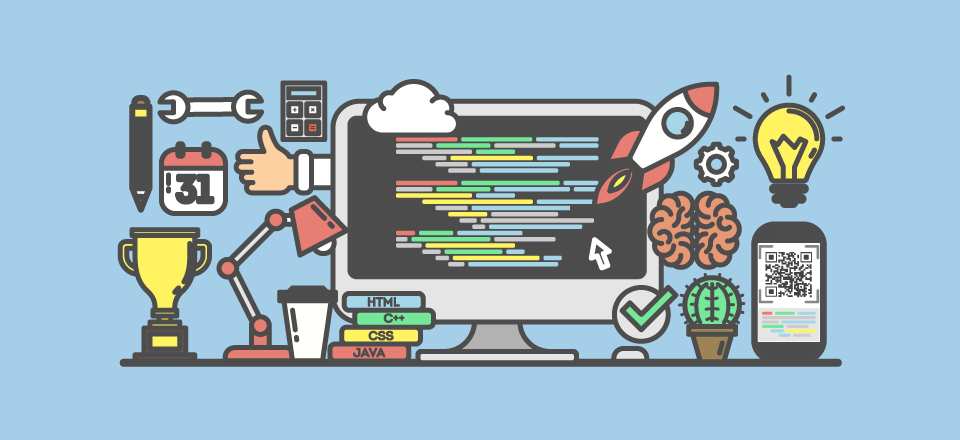
- 0 Comments
- Dec 4, 2019 10:10:00 AM
- Posted by Natalia Galvis
- Topics: Robotics, EdTech, Education, Coding, Codificación, Edchat
Teaching Math with Technology: 8 Virtual Resources
Research shows that teachers can integrate technology to help students grasp mathematical procedures and develop advanced mathematical proficiencies. The National Council of Teachers of Mathematics (NCTM) added that technological tools are necessary for engaging students. What types of technology can be implemented into mathematics classrooms? The following section offers several ideas that can help when teaching math to kids.
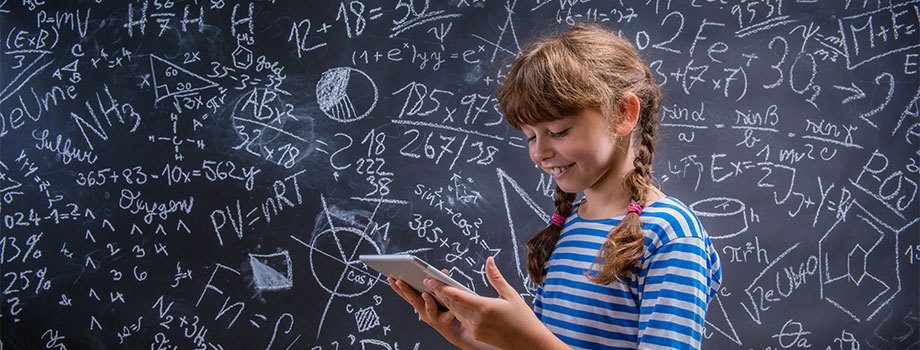
- 0 Comments
- Dec 3, 2019 10:15:00 AM
- Posted by Natalia Galvis
- Topics: Math, Robotics, EdTech, Education, Mathematics, Edchat
Funding Education Innovation: 3 Ways To Get it Right
There’s no doubt that education innovation is a pressing issue in our country today. As societal needs continue to evolve, educational reform should follow in order to meet those needs. One of the most impactful ways to respond to the evolution of needs is education innovation, and there is a way to do it.
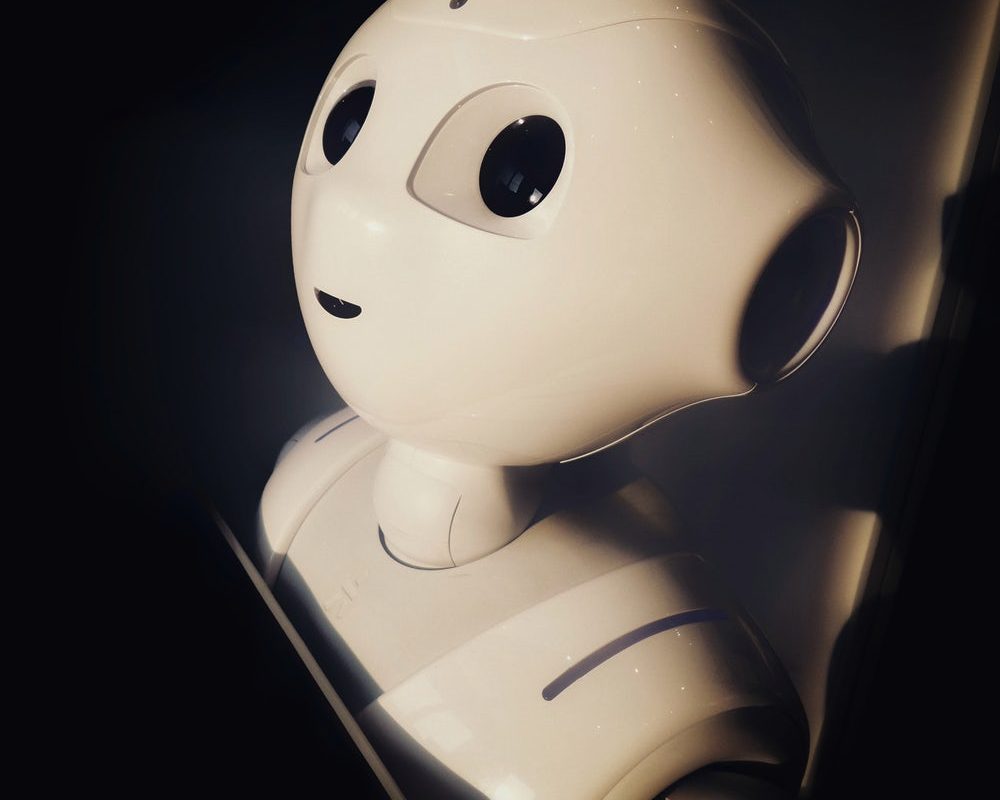
- 0 Comments
- Nov 25, 2019 10:00:00 AM
- Posted by Natalia Galvis
- Topics: Robotics, EdTech, Education, Robots,, Technology, Innovation, Edchat
Relevant Posts
Popular Posts
Subscribe to Email Updates
-
I Want To Learn MoreADDITIONAL INFORMATION


